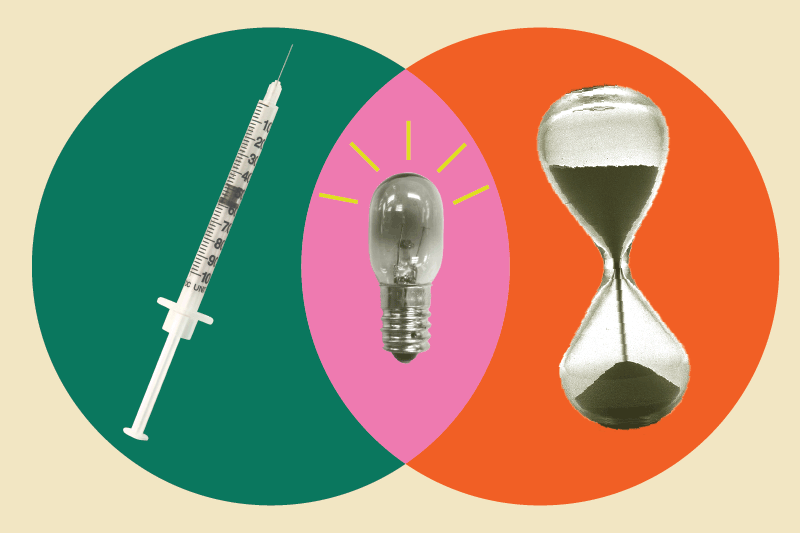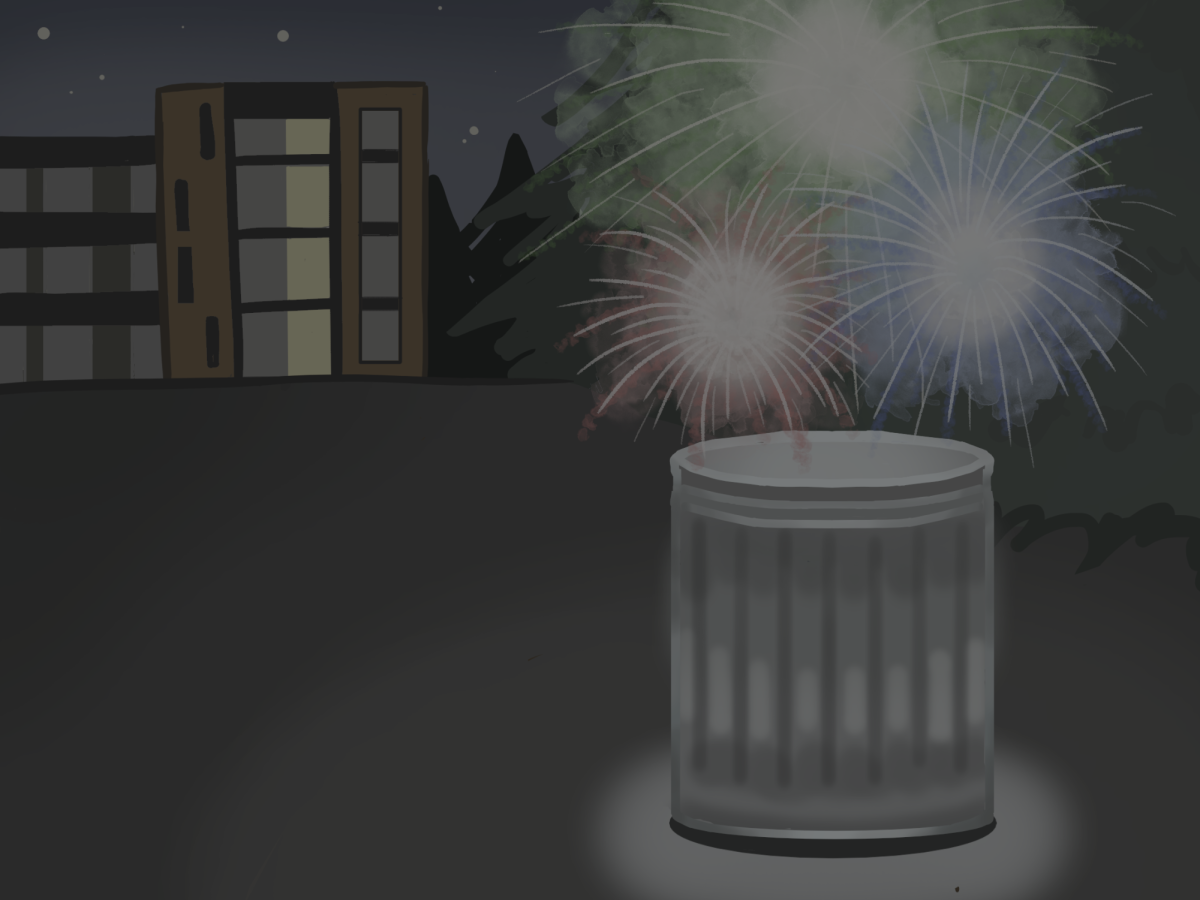A Student’s Guide To the COVID-19 Vaccine
A digest of the latest immunization information
February 5, 2021
Availability of the COVID-19 vaccine for the general public is now on the horizon.
As our speculative future nears, it’s necessary to continue with preventive care of COVID-19 by considering transmission and protective measures as well as immunization.
Why Vaccines Matter
For vaccines to make a real difference, the majority of society must receive them.
Herd immunity is a phenomenon that is achieved when a certain percentage of a population becomes resistant to a virus, preventing its spread. This can be reliably achieved through vaccination.
Currently, the U.S. Centers for Disease Control and Prevention does not have a number for the percentage of people that need to be vaccinated in order to achieve herd immunity for COVID-19. The American Lung Association estimates that the threshold lies in the range of 70%-90%.
As of Thursday, approximately 27.9 million U.S. citizens, or 8.5% of the country’s population, have received at least the first dose of a COVID-19 vaccine. 2.1% of the population has received two doses.
Types of COVID-19 Vaccines
Right now, there are two preventive treatments for COVID-19 readily available to the public: the Pfizer vaccine and the Moderna vaccine.
The Food and Drug Administration says that both options are about 95% effective when taken as directed. Each vaccine requires two doses that must be distributed three to four weeks apart.
According to the CDC, the second dose should be taken as close to the recommended interval as possible. If that’s not an option, it can be administered as far as 42 days after the first inoculation — although it should be kept in mind that no data has been reported regarding what effect this approach has on the vaccine.
The CDC does not recommend restarting the series of treatments if the time frame is not met.
With both vaccines, one is not fully treated until each of the two doses are administered. It’s important to note that individuals should only be treated with one vaccine; an effective vaccination could consist of two Pfizer shots or two Moderna shots.
Another option is in the works that could be a game changer: The Janssen vaccine, made by Johnson & Johnson, requires just a single injection.
Although the treatment is less effective than the Pfizer and Moderna vaccines, the Janssen vaccine’s single-shot aspect provides other advantages: The lack of a second shot means that less serum needs to be produced, and the waiting period for a full vaccination can be eliminated.
Johnson & Johnson applied for emergency use authorization of its vaccine by the FDA on Thursday.
Official Plans to Vaccinate the U.S. Population
The Biden administration is putting in efforts to inoculate American citizens as quickly as possible. A White House briefing published Jan. 26 announced that the U.S. plans to acquire enough COVID-19 vaccine serum “to fully vaccinate 300 million Americans by the end of this summer.”
A federal pharmacy program has also been created as part of Biden’s national strategy. Starting next Thursday, over 40,000 pharmacies across the country will begin administering shots. Local vaccination sites can be found on the Washington State Department of Health website.
COVID-19 vaccines are allocated to certain individuals in phases determined by each state. Washington state is currently in Phase 1B Tier 1, which allows people age 65 and older to start the immunization process, as well as those 50 years and older who live in multigenerational households. Washington’s Phase 1 requirements as of Jan. 18 can be found here.
The Department of Health aims to move on from Phase 1 by the end of summer. The requirements for Phase 2 and above have yet to be defined.
A vaccine phase finder is available to help identify when an individual may receive an inoculation. If the time frame is unknown, this resource provides a way to sign up for phase updates via email, text message or phone call.
To receive the latest updates on Washington’s COVID-19 approach, text the word “Coronavirus” to 211-211.







